With the Cisco CWDM SFP Transceiver Modules, you can enjoy reliability and cost-efficiency. In this article, we’ll explore how these advanced modules help organizations expand network capacity, improve operations, and maintain a competitive market edge. Considering the challenges posed in an ever-changing technological environment, laser-optimized and cross-wave multiplexing technologies address the modern IT infrastructure, bandwidth, and long-range data transmission needs of a Cisco network. From data-center specialists looking for reliable solutions to large-scale companies wanting to optimize their networks, this guide will showcase different benefits and use cases from the modules. As the world shifts towards automation and data, flexible and effective approaches are now more essential than ever for businesses. Furthermore, in this rapidly evolving digital world, organizations require cost-effective and scalable strategies to improve business networking. More so, economizing on spending without compromising performance is crucial for organizations and networks alike.
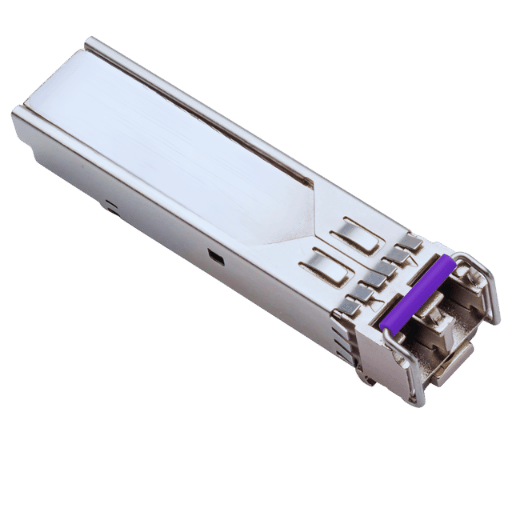
An SFP transceiver module or Small Form-Factor Pluggable transceiver module is a small device found in network equipment that can be modified without having to switch off the device; it allows data to be sent and received via fiber optic or copper cables. It acts as a bridge that integrates switches, routers and other networking peripherals with the physical network infrastructure.
This module’s operation relies on the transforming or switching of the signals. Devices transmit or send optical signals through fiber optic cables and receive copper cables’ electrical signals. The type of device determines which signals are processed. The use of SFP modules allows flexible and scalable networks to achieve high data transfer rates. Since modules can be switched or modified without interrupting ongoing operations, networks can be better optimized.
SFP transceivers are used to communicate between various network devices over different distances and types of media as they are small and hot swappable devices. These are used with both fiber optic and copper cables which makes them suitable for different network settings. Most commonly available types are single mode multimode modules for fiber optic and RJ45 for Ethernet over copper.
SFP transceivers can support different data transfer rates with lower limits as 100Mbps and upper limits as 10Gbps depending on the type of module. SFP transceivers can be plugged and unplugged without suspension of the network operations which leads to very efficient service with minimal downtimes. The devices are commonly used in routers, media converters, and switches. They add great value in cost and efficiency in the expansion and design of networks.
SFP transceivers are critical devices for CWDM or Coarse Wavelength Division Multiplexing. CWDM allows multiple data streams to be sent through a single optical fiber. In my opinion, it makes better use of available infrastructure and reduces costs related to installing new fiber lines. CWDM alleviates modern network needs by differentiating wavelengths for each data stream, optimizing bandwidth, facilitating scalable network growth, and supporting efficient network expansion.
With optical technology, connectivity has transformed completely, considering the unrivaled speed, reliability, and scalability that it offers. In modern optical fibers, the transmission speeds can reach up to 1 Tbps in laboratory conditions while offering practical speeds exceeding 100 Gbps for network backbone infrastructure. Innovations such as Dense Wavelength Division Multiplexing (DWDM) further maximize these advancements by transmitting numerous data streams simultaneously on different wavelengths within a single fiber.
Compared to traditional copper connections, fibers are much more reliable because they are less susceptible to electromagnetic interference and signal degradation over long distances. Moreover, optical fibers support low-latency connections which are crucial for telemedicine, cloud computing, and financial trading platforms. Research highlights that fiber optic sub networks consume significantly less energy whereas studies estimate energy savings of up to 85% when compared to copper based technologies, thus promoting environment friendly sustainable connectivity solutions.
These capabilities promote copperless technologies as essential for innovations like 5G networks, the Internet of Things, and edge computing. With optical fiber networks, high capacity and resilient connections are enabled which cater to the rising need for bandwidth and low latency applications which in turn fuels the growth of digital transformation across all industries.
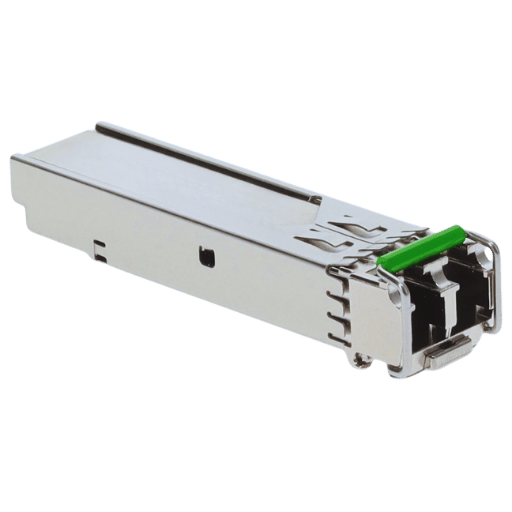
Cost-Effectiveness
High Compatibility
Exceptional Performance
Quality Assurance
Versatility
Ease of Deployment
Warranty and Customer Service
Using these advantages, enterprises can design optical networks that are flexible and powerful while also being economical for their operational requirements.
In the field of modern optical networking, businesses and service providers stand to benefit the most with newfound efficiency in transmission distances reaching 80 kilometers. This is largely made possible by DWDM (Dense Wavelength Division Multiplexing) transceivers and high-caliber fiber optic cables which protect signals over long distances. An example of this is the 80km Cisco-compatible DWDM modules which support 10G or even 100G network speeds while minimizing signal loss.
For metropolitan area networks (MANs), data center interconnections, and service provider backbones, this 80km range is a tremendous asset. The distance helps reduce signal regeneration and intermediate repeaters which ultimately brings down costs. In addition, the powerful amplifiers and enhanced laser signal clarity make this technology reliable even in harsh environmental conditions.
With these extended range optical systems, many organizations stand to benefit from high-grade industry ITU-T G.652 or G.655 fiber specifications which guarantee compatibility with other fiber networks. These advanced technologies give businesses the ability to scale sustainably and keep pace with high data demands all while preserving efficiency.
Cisco’s Enhanced Gigabit Ethernet Solutions has tailored its products to guarantee swift connections that can withstand expansion. The data sheet includes the following features of utmost importance:
With the features mentioned above, Cisco’s Enhanced Gigabit Ethernet will assist businesses aiming to improve network efficiency while coping with new data challenges.
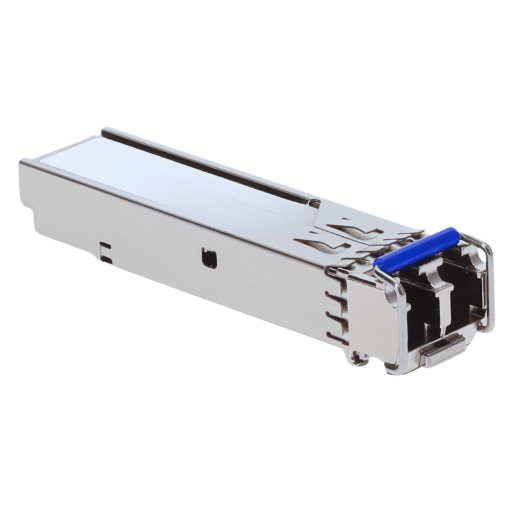
Coarse Wavelength-Division Multiplexing (CWDM) is a sophisticated, efficient optical networking technology that enhances the capacity of data transmission through a single fiber optic cable. CWDM allows for different data streams to be transported at the same time using multiple wavelengths, greatly increasing the network’s capacity without additional physical infrastructure.
The functioning of CWDM systems is done within the range of 1270 nm to 1610 nm and is further divided into channels that are spaced 20nm apart. This spacing allows for less complexity and lower costs than in Dense Wavelength-Division Multiplexing (DWDM). These characteristics make CWDM suitable for metropolitan area networks (MANs), access networks, and intra-campus . CWDM has up to 18 channels with low-cost components, making the technology very cost-effective for medium to high data traffic.
CWDM offers various advantages, one being that it has lower power consumption. This is because CWDM Transmitters don’t need external optical amplifiers like erbium-doped fiber amplifiers (EDFAs). This promotes the technology as an energy-efficient option for enterprise networks. Moreover, the strong scalability offered by CWDM systems allows for easy network upgrades and future expansions without affecting the existing services.
New data underscores the purpose of CWDM in global telecommunications markets because it is cost-effective and can be easily used with other technologies. Companies that use CWDM experience better bandwidth management, lower latency, and lower operational costs. Therefore, CWDM is vital in addressing the increased necessity for advanced, high-capacity data transmission technologies in today’s digital world.
Single mode fiber optics enable long distance high speed data transfer with minimal signal degradation. This is made possible because these fibers have a smaller core, allowing only one light mode to travel, thus minimizing dispersion over long distances. Single mode fibers are perfect for 5G and other telecommunication networks, as well as corporate settings that need high-bandwidth. Moreover, their use guarantees reliability and growth potential, making them ideal for advancing technology.
The use of new technologies to improve optical infrastructure is increasing, particularly as the demand for bandwidth grows. A prime example is Dense Wavelength Division Multiplexing (DWDM). DWDM allows the simultaneous transfer of several data streams through one optical fiber, with each stream being carried on its distinct wavelength. This enables bandwidth and capacity multiplication without the additional physical fiber. For example, contemporary DWDM systems are capable of supporting at least 96 or more strands, each with a standard capacity of 100 Gbps per channel, thereby enabling data rates exceeding 9.6 Tbps on a single fiber.
Network performance has been further enhanced using adaptive optics and coherent signaling methods. Coherent optical technology employs advanced modulation formats such as Quadrature Amplitude Modulation (QAM) alongside digital signal processors to increase reach and data carrying capability of the fiber. Research shows that coherent transmission systems are able to increase the transmission distance while keeping the signal intact beyond 2000 kilometers, which is preferred for long-haul and subsea communications.
Furthermore, Space Division Multiplexing (SDM) aims to improve the efficiency of fiber optics. By using Space Division Multiplexing, or SDM, it is possible to increase the throughput of current infrastructure by transmitting multiple optical signals through different spatial channels within the same fiber. SDM can reach several hundred terabits per second on multicore or multi-mode optical fibers, according to research.
With these new methods, network operators can sustain exponential data growth while avoiding costly and tedious fiber installation projects, effectively making the system “future-proof.”
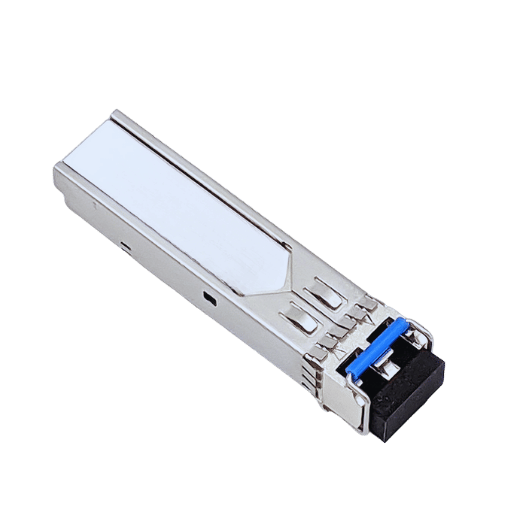
If you are using CWDM SFP modules, you should confirm that the modules are compatible with the infrastructure’s wavelength grid and transmission distances – this is critical for compatibility with pre-existing network equipment. Also, make sure that the network switches or routers have ports and firmware CWDM compatible. Furthermore, verify the optical budget and ensure that it is within bounds given the insertion loss and power constraints of the existing fiber network. Ensuring proper checks during procurement and installation greatly reduces the risk of performance degradation and incompatibility conflicts.
Both the OEM (Original Equipment Manufacturer) compatibility and MSA (Multi-Source Agreement) features are important when it comes to the compatibility and interoperability of optical transceivers and networking equipment. Custom-built transceivers for OEMs are usually manufactured and tested to be used with and to interface with their brand systems and to provide optimum performance, firmware updates, and customer care support. Unfortunately, they may be more expensive. In contrast, MSA-compliant transceivers brace proprietary agreements set by the industry, thereby allowing several vendors to make parts that can interface with each other. When properly controlled, this also makes MSA transceivers an economical option in terms of cost without affecting performance or quality.
Unlike the MSA-compliant modules, MSA-compliant modules incorporate adherence to specification standards, which include but are not limited to data rates, distances, and even optical wavelengths. An example would be the MSA-compliant 10GBASE-SR module, which supports a distance of up to 300 meters over OM3 multimode fiber at 850 nm. They have been tested and proven such modules do fulfill requirements as set out by OEM modules, provided the modules are correctly crafted and installed in the appropriate networks.
Regardless, users have to follow certain limitations that may cause problems with compatibility when it comes to OEM and MSA modules. For example, some non-OEM modules may not work optimally due to firmware conflicts, vendor lock, or unmodifiable firmware. To safeguard the modules, it is advisable to test them in a confined space before placing them into the system to ensure compliance with requirements such as power budget, wavelength grid, and suitable protocols.
In the end, it is up to the users if they want to purchase OEM or MSA products as both offer varying functionality, price, and complexity geared towards the netowrk infrastructure. By using certifications with checks, companies can have network reliability while also ensuring that costs are kept to a minimum along with strong network performance.
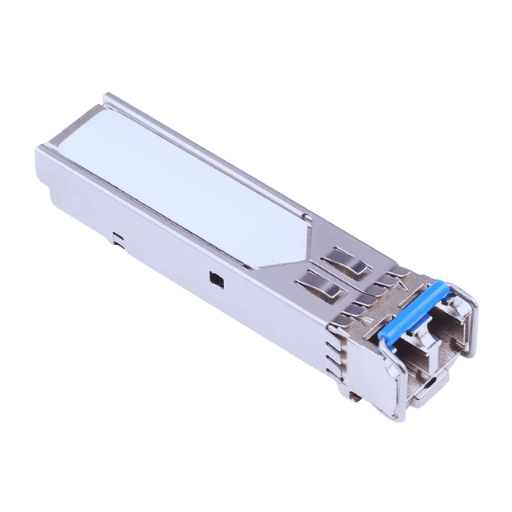
The compatibility of routers continues to be a significant concern when implementing CWDM SFP modules in SFP networks because of the existing network infrastructure. These challenges emerge because of difference in firmware versions, unsupported transceivers, or incorrect configurations between network components. One way to address these issues is through proper planning supported by research and analysis.
First, verify that the CWDM SFP modules follow the requirements of the Multi-Source Agreement (MSA). These benchmarks provide a minimum compatibility level across vendor devices, thus resolving most integration problems. Furthermore, a good number of modern routers have device support lists published on their websites which offer accurate information regarding supported models. For example, Cisco and Juniper consistently update their guides with other firmware and hardware changes, posting new compatibility guides through other devices.
Another source of incompatibility is the firmware version being misaligned. Updating the router operating systems, transceiver firmware and other components boosts interoperability between SFPs. For instance, a vast amount of research indicates that outdated firmware is responsible for about 35 percent of SFP integration-related issues which shows the need for frequent updates.
Finally, optical testing tools can be very useful for diagnosing and solving compatibility problems. Devices such as Optical Time Domain Reflectometers (OTDRs) or Bit Error Rate Testers (BERTs) are helpful in detecting pathway signal issues which further leads to incompatibility.
Network admins may follow these procedures to minimize downtime and sustain fluid communication pathways to increase performance and reliability throughout their CWDM networks.
It is necessary to pay attention to the significant aspects that affect signal quality and efficiency to maximize data rates from CWDM applications (Coarse Wavelength Division Multiplexing). First, make sure the alignment and calibration of transceivers are done correctly to minimize signal loss and distortion. Second, low-attenuation optical fibers of superior quality can be used to enable longer signal-range preservation. Check and maintain network dispersion and power levels periodically to avert degradation in performance. Lastly, ensure system-wide component compatibility, as the use of mismatched devices harms efficiency. These recommendations will ensure superior data rates and dependable performance in CWDM networks.
Issue: Weak or No Signal
Issue: High Signal Loss
Issue: Signal Interference or Crosstalk
Issue: Unstable Connection
The efficient and reliable performance of CWDM systems can be systematically managed by resolving these problems.
A: The Cisco CWDM SFP Transceiver Module is an optical networking component used with Cisco switches and routers. It enables coarse wavelength-division multiplexing, which permits multiple optical signals to be sent over a single fiber.
A: Cisco CWDM SFP transceivers operate with 1470nm wavelength because it is capable of supporting multiple channels in CWDM environment. This specific wavelength increases the capability of the network without requiring additional fibers.
A: Single mode fiber (SMF) communicates using a single light path, and is most effective for long distance communication. These modules are designed for SMF which means the CWDM SFP modules are optimized for 80km distances, unlike multi-mode which is used for shorter distances.
A: CWDM-SFP-1470 module works with many models of Cisco switches and routers. For other devices, consulting the solution data sheet or technical support would be helpful.
A: An LC connector is a type of connector that links fiber optic cables to SMF (Single Mode Fiber) Optical Transceiver Modules. It is advantageous due to its compact size, which is appropriate for high-density network settings.
A: The solution assists enterprise companies by increasing network utilization through the use of legacy single-mode fiber infrastructure, permitting several channels over one fiber, thereby lessening the requirements for new fiber installation.
A: 80 km DOM duplex indicates the extension range of a transceiver, which can be up to 80 km in distance. Real-time optical diagnostics capture the network’s safeguards with DOM (Digital Optical Monitoring) available, hence, enhancing integrity and efficacy.
A: Most Cisco CWDM SFP Transceivers are provided with a lifetime warranty, enabling them to receive prolonged warranty assurance and technical coverage on the asset.
A: Cisco optical transceivers are within environmental compliance. For more detailed compliance regarding Cisco’s information, please visit Cisco’s environmental information documentation.
A: Unlike the case that Cisco CWDM SFP transceiver is compatible with other Cisco parts, one still needs to check whether their model of Cisco switch or router is supported by the listed transceiver module in the solution data sheet or technical support documents.
1. Title: Integration and Implementation of an Innovative CWDM and Circulator Combined Semi-Active Architecture For The 5G Fronthaul
2. Title: Thin-Film Lithium Niobate Deposition-Based Multi-Channel CWDM Transmitter Chips
3. Title: 8-Channel CWDM TOSA for CPO External Laser Sources
4. Transceiver